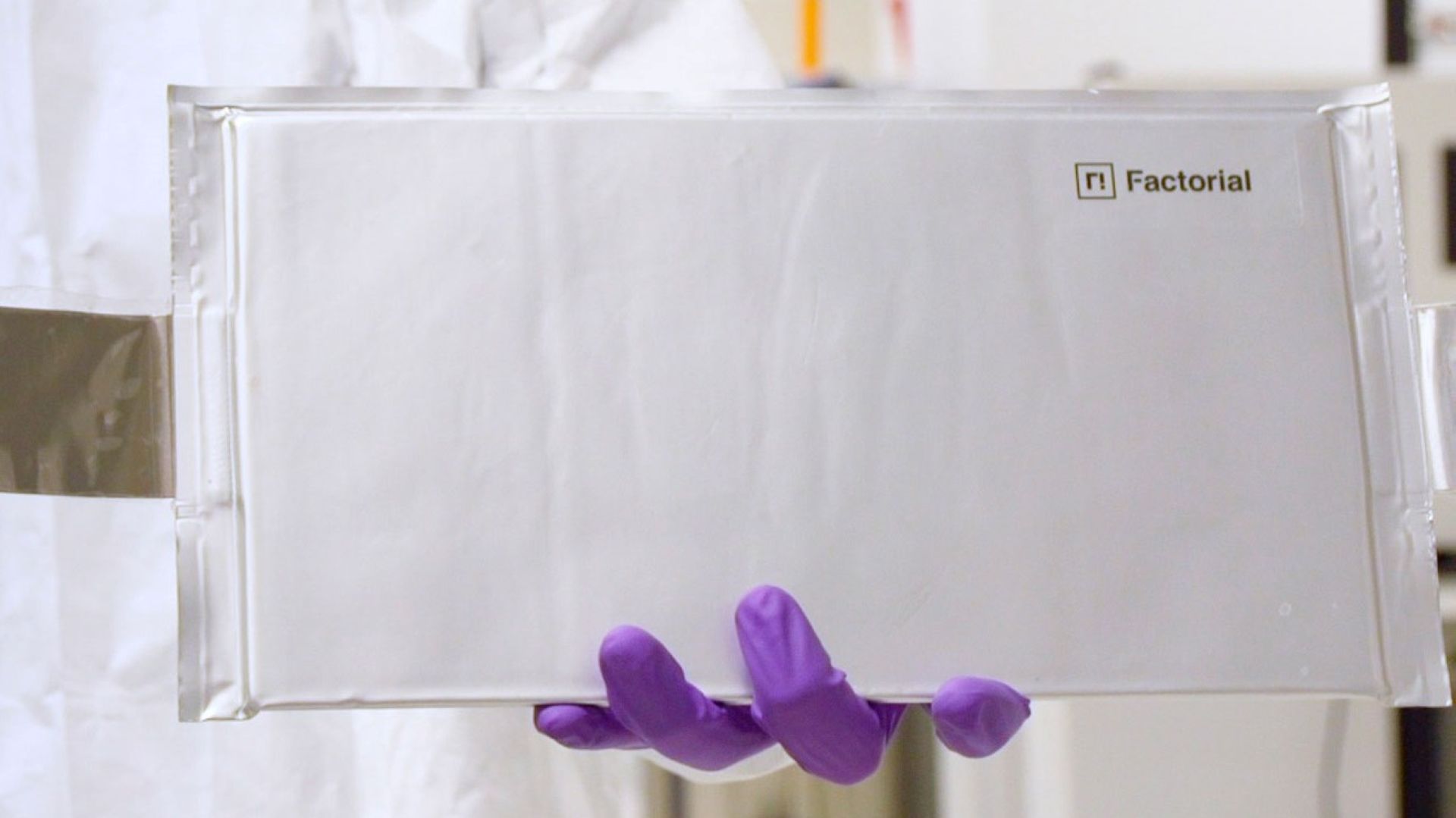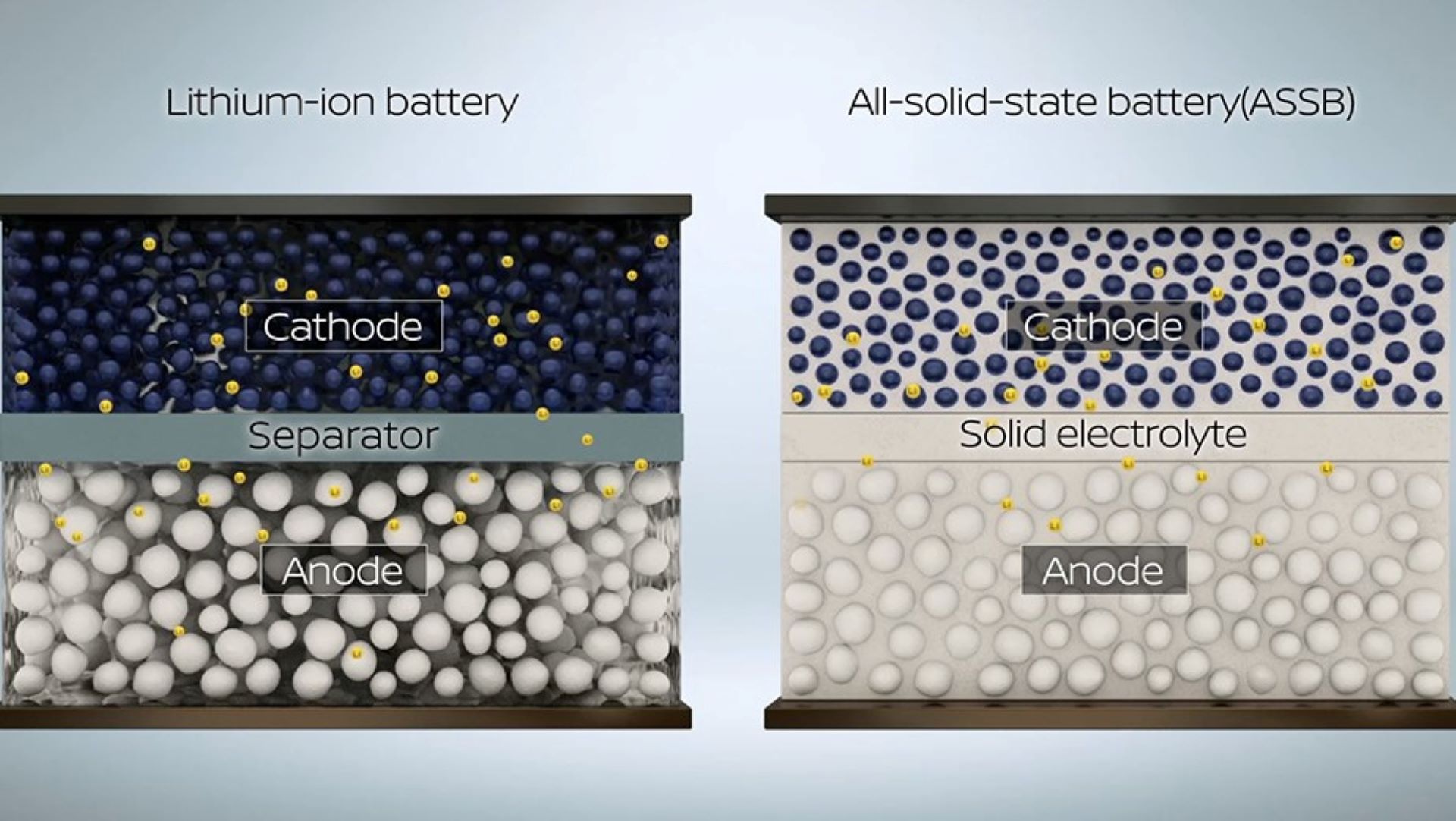Solid-state batteries are a huge leap in technology, and the auto industry is embracing it wholeheartedly. GM, Volkswagen, and many others are investing substantial amounts in SSB technologies over the next decade. SSBs are lighter, safer, charge faster, and have a longer life span than traditional lithium-ion batteries. So, why isn’t every manufacturer using them? Solid-state Batteries are still a relatively new technology. Creating and manufacturing them on a large scale has presented its own set of challenges. The cost of these batteries is much greater, and while electric vehicle price tags are some of the highest in the auto world, these batteries just aren’t really feasible at this time. The scarcity of a reliable candidate for a solid electrolyte also plays a role. If solid-state batteries are going to rule the auto industry one day, these challenges must be addressed. Let’s look at some of these pros and cons in detail.
Solid-state Batteries Extend EV Range Substantially
Late last year, NASA unveiled some of the solid-state battery technology that it has been working on. NASA’s battery reportedly has twice the energy density of the lithium-ion batteries currently in a typical EV. They achieved this with their innovative Solid-state Architecture Batteries for Enhanced Rechargeability and Safety or (SABERS). SABERS is being developed in order to make a sustainable aircraft, but imagine buying a Lucid Air and not having to stop for 1,000 miles. Hell, even a Chevy Bolt with 400 miles would be a dramatic improvement. There is no doubt that solid-state batteries would all but eliminate range anxiety. In addition to having more range, you are also able to charge faster. QuantumScape, a leader in the space, has claimed that its solid-state battery technology has produced 10-80-percent charge capacity in just fifteen minutes, over 400 times consecutively. The company has recently entered a partnership with Volkswagen to develop vehicles with solid-state batteries in only the next few years. If these science nerds have their math right, that should give the ID.4, currently with a 250-mile range, a much-needed boost in both range and charging capabilities.
As With Everything, There Is A Cost
With such an immense upside, It’s hard to imagine the emergence of solid-state batteries as anything except positive, but as the great Mark Frost once said “there can be no light without darkness”. The process to make a solid-state battery is complex. Because the battery uses no liquid electrolyte to transfer energy from cathode to anode, or vice versa, there has to be a solid electrolyte to take its place. Materials for this kind of technology are scarce and very expensive. On top of that, there is no standardized material that is used in the manufacturing process, and no standardized process in which they are made. This makes them extremely hard to mass produce. Some estimates put Solid State batteries at three-four times the price of traditional lithium-ion batteries. Those costs can add when you are talking about a vehicle that already can cost as much as $200,000 for a top-of-the-line model. Are the savings worth the added mileage and faster charging? That is for consumers to decide, and presumably, they will get their chance. Many major automakers including GM, Toyota, and Mercedes have all invested heavily in solid-state battery technology, in hopes of increasing range and charging capabilities.
Solid-state Batteries Mean Fewer Explosions
Lithium-ion batteries have created some pretty memorable explosions over the years. These are often espoused early and often by EV skeptics, and for good reason. We all remember the Galaxy Note 7 recall. If you don’t, open up a new tab and browse YouTube for a few minutes, it’s worth it. And, phones exploding in your pocket is just the tip of the iceberg. More recently, a fire in the Bronx required the attention of 200 firefighters after an electric scooter battery exploded in an apartment building. This is only one example of the over 200 fires from lithium batteries last year in New York alone, and that’s a small battery by electric vehicle standards. What happens if the Chevy E-Crate, with its six-foot-long, 1,000-pound battery is made or installed wrong? A recall, like the one for the Chevy Bolt, could be devastating to the company, and more importantly, to the auto enthusiast who just wanted to revive their old K-10. The possibility of solid-state batteries solving this massive problem, I think most people would agree, is worth exploring. There is a reason that most pacemakers use solid-state batteries. If these batteries can be manufactured at scale, grandpa can rest easy knowing his heart and his car aren’t going to give out unexpectedly.
New Technology Works Great In A Lab, But What About The Real World?
Earlier in this article, I cited NASA and its SABERS battery. There has been a tremendous amount of success in a lab setting. Toyota itself currently holds over 1,600 patents relating to solid-state battery technology, again for success in the lab. But how does that translate into a roadworthy vehicle, and does it at all? The answer is a solid, maybe. Currently, most automakers plan to release solid-state battery electric vehicles toward the end of the decade or later. That leaves a lot of time for speculation and bold claims, without needing anything concrete to back them up. However, a Chinese company named Baoya plans to release one later this year. The Baoya FB77 has aims of being the first production vehicle with a solid-state battery, in the sedan market. So far, the only contender for the crown is Mercedes, which produces an electric bus in Germany, that contains a solid-state battery. The challenge to overcome is the heat. The battery used in this bus operates at around 175 degrees. That’s not going to cut it on a summer day in Florida. That may be the biggest challenge for all EVs using solid-state batteries. So far all the claims and projections have mentioned that the batteries are lighter and denser, and that distinction will allow them to take up less space. But if there is extra cooling needed, we may be trading battery space for cooling space.
How Long Will A Solid-state Battery Last?
It’s almost common knowledge at this point that electric vehicles are expected to last longer than a traditional internal combustion vehicle. Currently, it is required by the government that EVs carry a warranty of eight years or 100,000 miles. California went a step further and made it 10 years or 150,000 miles. That doesn’t appear to have stopped any of the automakers from moving forward to an all-electric future, so the claims have some weight behind them. Taking into account that all EVs are currently lithium-ion batteries, what does that say about what we can expect from solid-state batteries? Batteries with a solid electrolyte are purported to be 2-3 times denser than lithium ions, and some tests have shown that they can last twice as long or better. As I stated previously, we are still in the lab stage of the new technology, but if these tests translate into the real world, then the future of electric vehicles is looking very bright.




